Gamesa Electric recently published a white paper titled, “What advanced grid functionalities should state-of-the-art inverters offer?” The focus is on the transition from a power grid sustained by large spinning turbine power plants that provide inertia services and stabilize frequency, to a power grid predominantly managed by grid-forming inverters, harnessing the power of wind, solar, and batteries.
The transition will be marked by a shift from generation stability to constant variation.
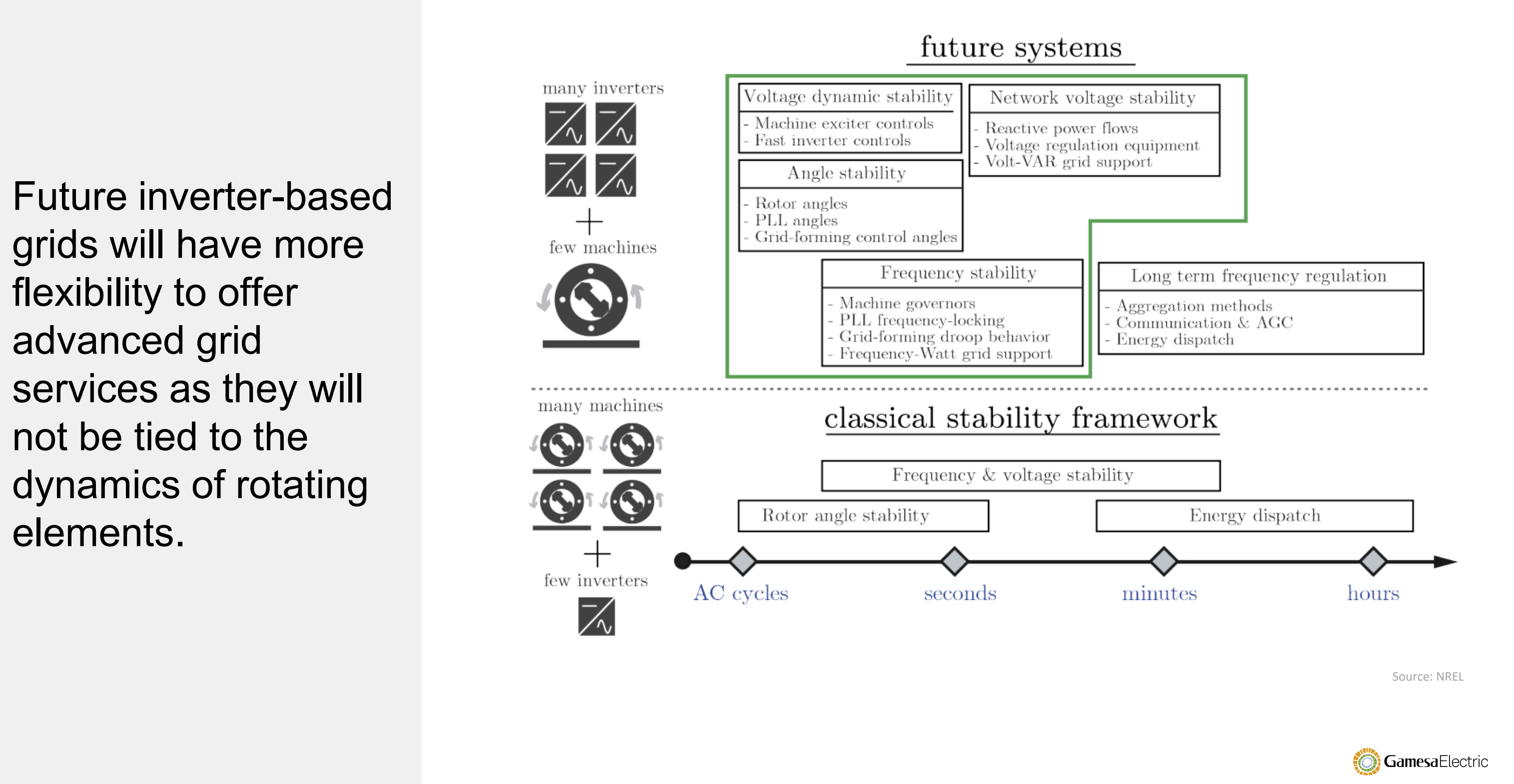
On June 8, 2023, pv magazine hosted a webinar discussing this white paper. The white paper and presentation located at the webinar link describe the major functionalities incorporated in the most advanced inverters, corroborated by real test results demonstrating these functionalities performed by Gamesa.
Modern inverters usually rely on the power grid’s voltage, in conjunction with the current generated by solar modules, for operation. However, in grid-forming mode, the inverter’s power converter also acts as a voltage source, meaning it can independently create an electrical grid. Moreover, it has the capability to alter its operation in response to changes on the larger power scale.
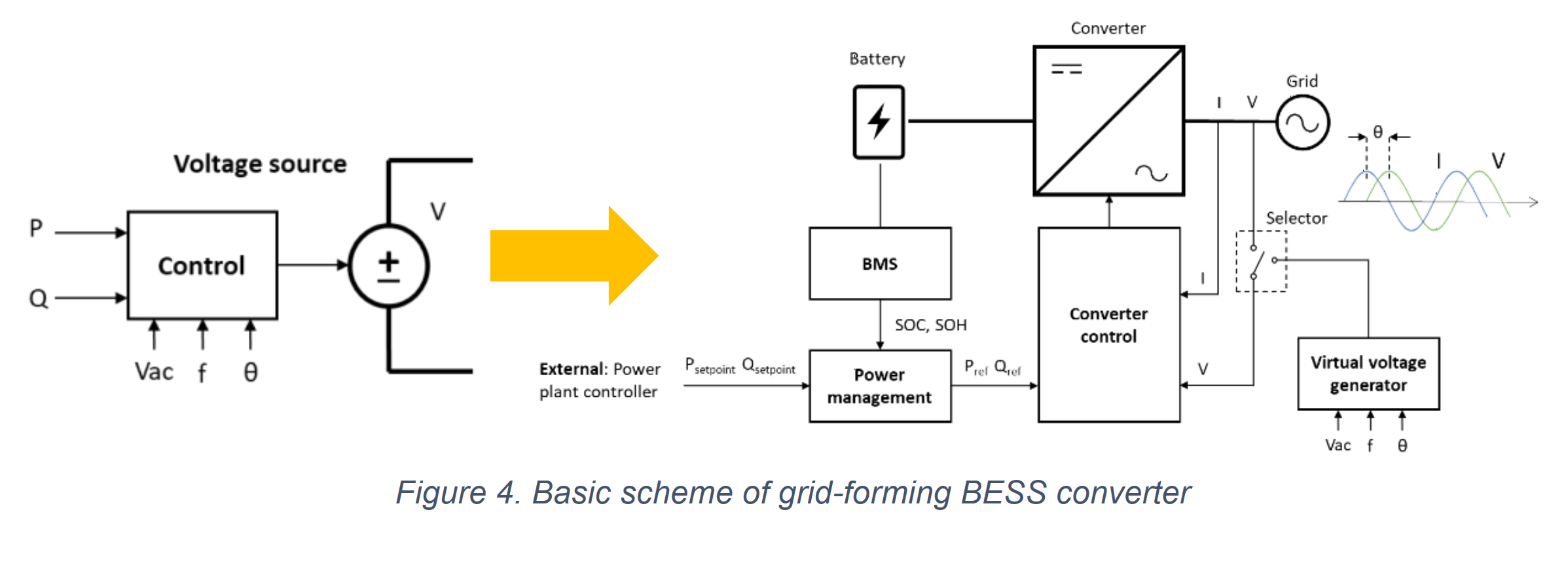
This technique of managing voltage and current by the inverter, while monitoring the grid and making adjustments to maintain stability within the power conditioning system (PCS), is known as a Virtual Synchronous Machine.
Standard ancillary functions provided by Gamesa inverters include the above noted ability to manage voltage regulation, power factor regulation (also known as active power), active ramp rate, fault and voltage ride-through, power oscillation damping, and the two stages of fast frequency response: synthetic inertia and primary frequency response (also referred to as frequency droop).
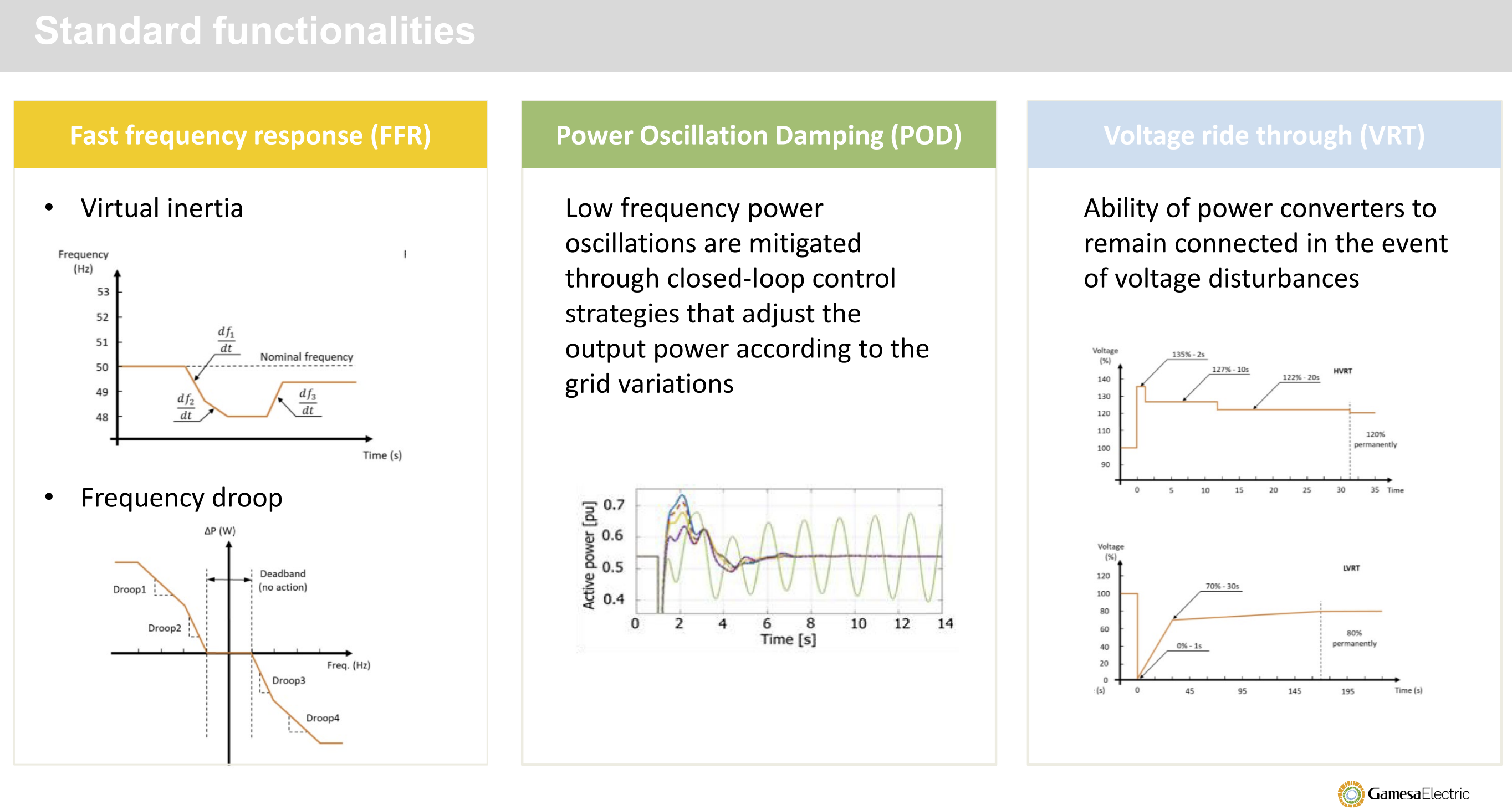
While all types of inverters are capable of voltage regulation, the PCS in a grid-forming unit possesses a unique ability to self-adjust and cope with the broader power grid’s voltage requirements. The importance of voltage regulation, and additional features like fault and voltage ride-through, is underscored by incidents like the Odessa event. Unpredictable generation events – like power plant failures during the Odessa event or forest fires in California, have consequences beyond the malfunctioning plant, triggering cascading effects across the interconnected power grid.
The complexity of inverters is set to increase in the future.
Inverters will need to be capable of reacting to a complete grid shutdown. This process involves a series of steps, beginning with detecting the blackout and appropriately shutting down all components.
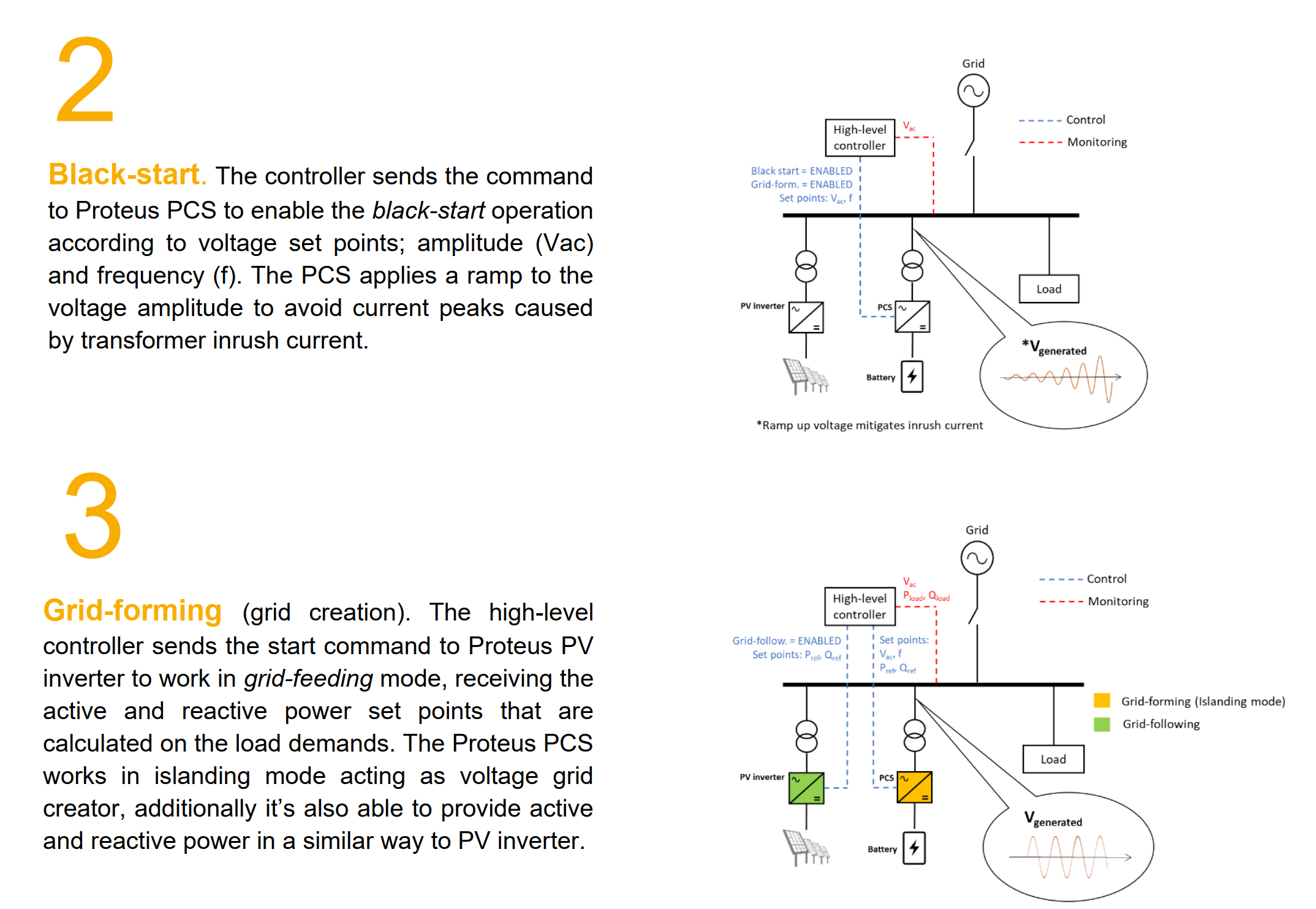
Subsequent steps involve initiating the ‘black start’ process. These processes enable the inverter’s software to establish an electrical environment, a crucial step that allows local hardware operation and generation of the unit’s standard voltage. Once this stage is completed, the unit syncs with the larger power grid, running independently in parallel operations mode.
This content is protected by copyright and may not be reused. If you want to cooperate with us and would like to reuse some of our content, please contact: editors@pv-magazine.com.
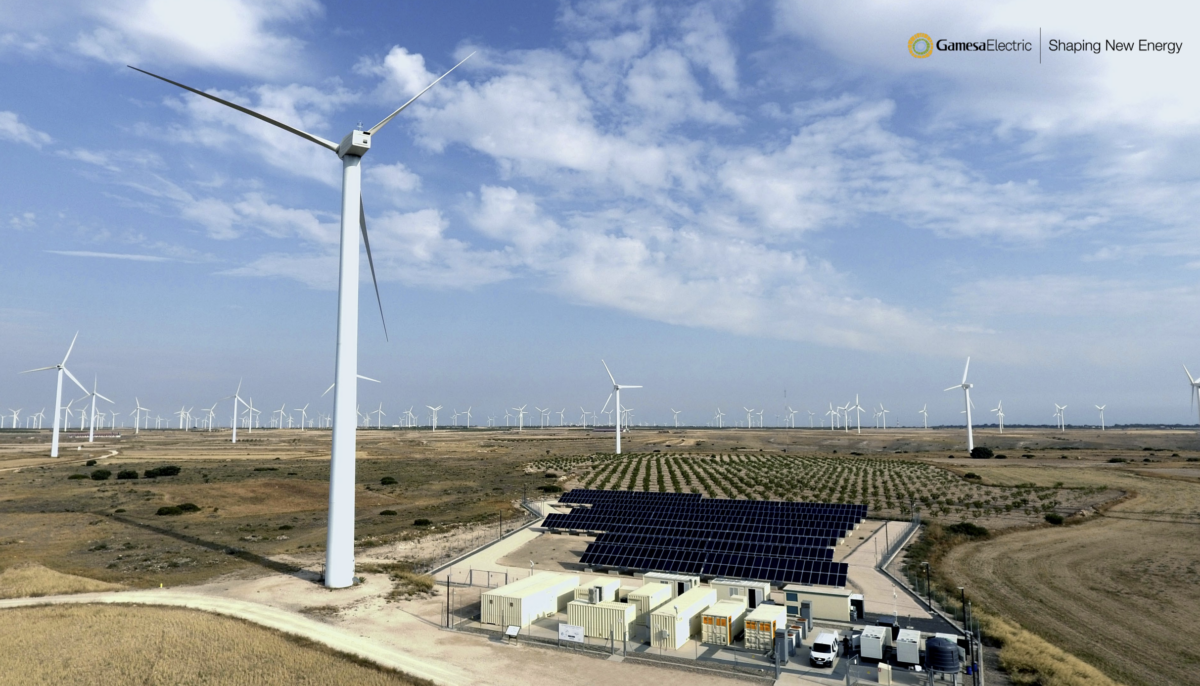







By submitting this form you agree to pv magazine using your data for the purposes of publishing your comment.
Your personal data will only be disclosed or otherwise transmitted to third parties for the purposes of spam filtering or if this is necessary for technical maintenance of the website. Any other transfer to third parties will not take place unless this is justified on the basis of applicable data protection regulations or if pv magazine is legally obliged to do so.
You may revoke this consent at any time with effect for the future, in which case your personal data will be deleted immediately. Otherwise, your data will be deleted if pv magazine has processed your request or the purpose of data storage is fulfilled.
Further information on data privacy can be found in our Data Protection Policy.